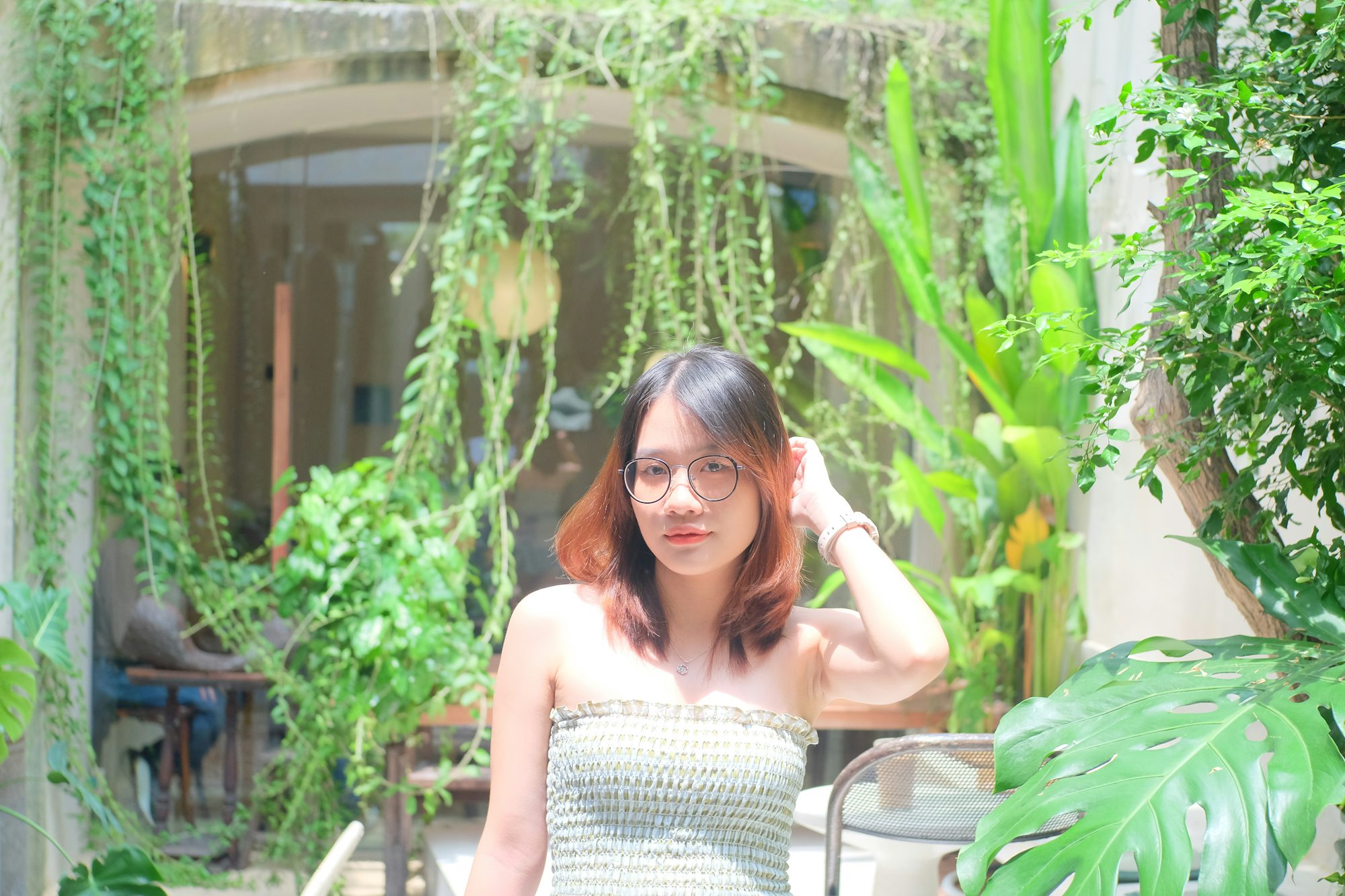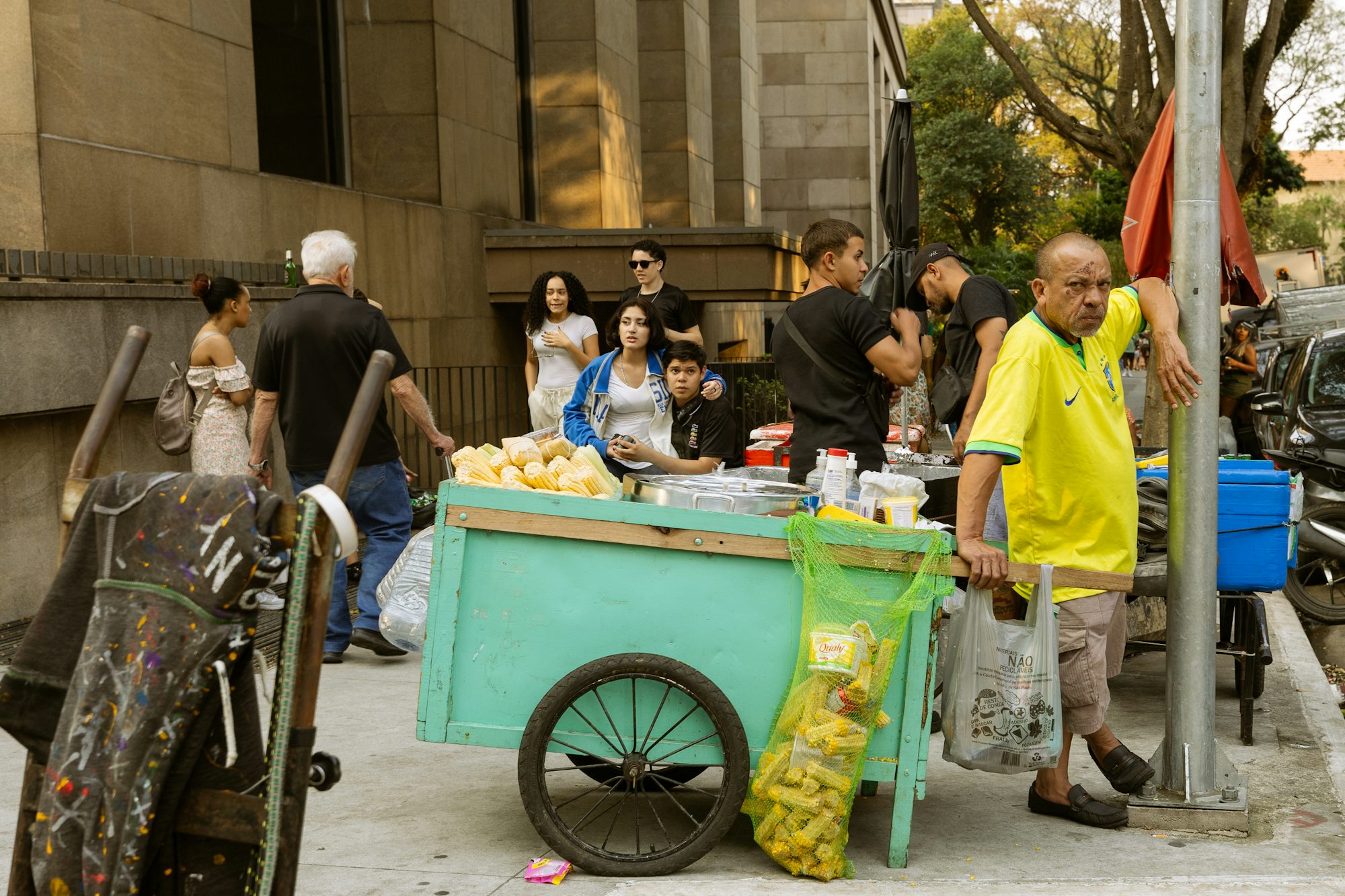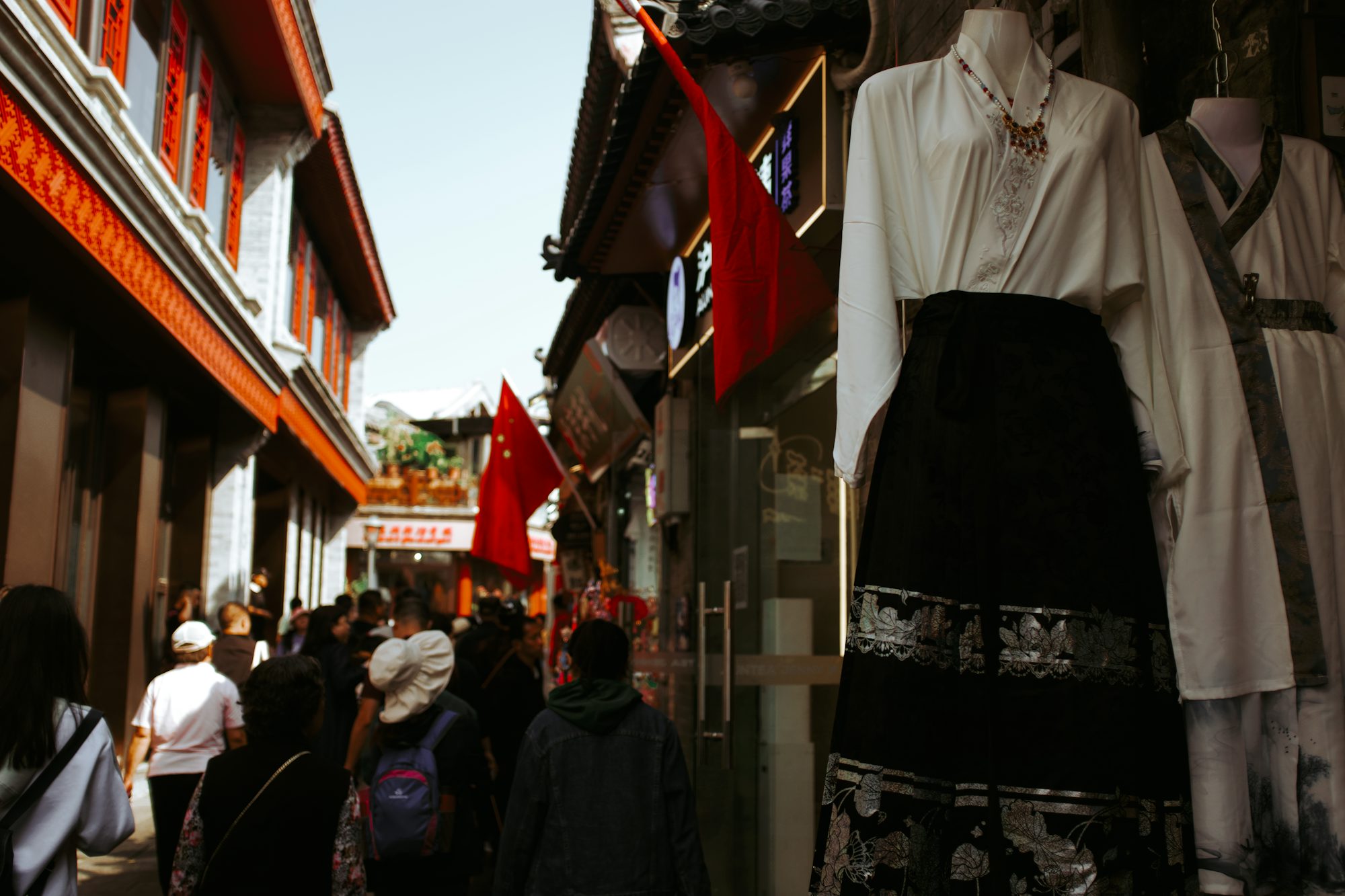Vintage fashion has a unique charm that transcends time, offering a glimpse into the past while allowing for personal expression in the present. This article will explore the allure of vintage fashion, its historical context, and practical tips on how to seamlessly integrate vintage pieces into your contemporary wardrobe.
A Brief History of Vintage Fashion
Vintage fashion typically refers to clothing and accessories that are at least 20 years old, often reflecting the design aesthetics and cultural influences of their time. The roots of vintage fashion can be traced back to the early 20th century, when mass production began to take off. However, as the decades progressed, the quality and craftsmanship of clothing often declined in favor of quantity.
The 1920s, known for its flapper dresses and Art Deco influences, marked the beginning of a more defined fashion identity in Western culture. The following decades saw the rise of unique styles: the glamorous Hollywood looks of the 1950s, the bold prints and psychedelic patterns of the 1960s, and the eclectic styles of the 1970s.
By the 1980s and 1990s, vintage clothing began to gain popularity as a countercultural statement against fast fashion. This revival laid the groundwork for the modern vintage movement, which celebrates the craftsmanship, individuality, and stories behind each piece.
Why Vintage Fashion Matters
1. Sustainability: In an era where fast fashion dominates, vintage clothing offers a sustainable alternative. By purchasing second-hand items, you reduce waste and environmental impact, breathing new life into garments that might otherwise end up in landfills. Vintage fashion encourages a more circular economy, promoting recycling and reuse.
2. Unique Style: Vintage pieces are often one-of-a-kind or produced in limited quantities, allowing wearers to express their individuality. Incorporating vintage items into your wardrobe adds character and depth to your outfits, setting you apart from the crowd.
3. Quality Craftsmanship: Many vintage garments were made with high-quality materials and craftsmanship that are often lacking in modern fast fashion. When you invest in vintage clothing, you’re more likely to acquire pieces that will last for years, both in terms of style and durability.
4. Cultural Connection: Wearing vintage fashion allows you to connect with history and culture. Each piece has a story, often reflecting the values, trends, and innovations of its time. This connection to the past can be enriching, making fashion a more meaningful endeavor.
How to Incorporate Vintage Fashion into Your Wardrobe
Integrating vintage pieces into your wardrobe can be a fun and rewarding experience. Here are some practical tips to help you get started:
1. Know Your Style
Before diving into the world of vintage shopping, take some time to assess your personal style. Are you drawn to the elegance of the 1950s, the bohemian vibes of the 1970s, or the eclectic mix of the 1980s? Understanding your preferences will make it easier to find pieces that resonate with you and fit seamlessly into your existing wardrobe.
2. Start Small
If you’re new to vintage fashion, begin with smaller items such as accessories, like vintage handbags, scarves, or jewelry. These can be easily incorporated into everyday outfits and allow you to experiment with vintage aesthetics without committing to larger clothing pieces right away.
3. Thrift Stores and Online Platforms
Thrift stores, flea markets, and online platforms like Etsy or Depop are great places to find vintage clothing. Take your time to explore different shops, and don’t hesitate to ask about the history of certain pieces. Online shopping can also offer a broader selection, allowing you to filter by specific styles or eras.
4. Mix and Match
One of the joys of vintage fashion is the ability to mix different eras and styles. Try pairing a vintage blouse with modern high-waisted jeans or a classic vintage skirt with a trendy crop top. Mixing vintage and contemporary pieces can create a balanced and dynamic look that showcases your creativity.
5. Tailoring
Vintage sizes can differ from modern sizing, so don’t be discouraged if a piece doesn’t fit perfectly. Consider taking it to a tailor for adjustments. A well-tailored vintage garment can look stunning and will be unique to you, ensuring a flattering fit.
6. Care and Maintenance
Vintage clothing often requires special care to maintain its quality. Always check the care label and consider hand washing or using a gentle cycle. Store your vintage pieces away from direct sunlight to prevent fading, and consider using garment bags for delicate items.
The Future of Vintage Fashion
The vintage fashion movement is poised to continue growing as consumers increasingly prioritize sustainability and individuality in their clothing choices. As more people seek alternatives to fast fashion, vintage pieces will become even more sought after. Brands are also beginning to embrace vintage aesthetics, with many incorporating retro designs into their collections, blending new and old in innovative ways.
Conclusion: Embrace the Timelessness of Vintage Fashion
Vintage fashion offers a unique opportunity to express your individuality while promoting sustainability and connecting with history. By understanding the significance of vintage clothing, exploring different styles, and incorporating these pieces into your wardrobe, you can create a collection that is both stylish and meaningful. Embrace the timeless appeal of vintage fashion and let it inspire your personal style journey, celebrating the beauty of what has come before while looking toward the future.



